Jiangxi, a low-profile province with rich tourist resources
Writer: Chen Xiaochun | Editor: Stephanie Yang | From: Shenzhen Daily | Updated: 2019-05-06
A+ A- Print
Every year around March, our WeChat Moments is always bombarded by photos of the golden canola flowers of Wuyuan, Jiangxi Province. The ancient villages nestled among mountains, the seemingly endless golden flower sea, and the green mountains and rivers have struck the heartstrings of many people.
But Jiangxi has more to offer. Apart from the well-known flower sea in Wuyuan, the meadow in the clouds on Wugong Mountain, the mysterious wooden coffins in the grottos on Longhu Mountain, the Sanqing Mountain featuring Taoist legacy, and the wondrous nature are all sure to amaze you.
Meadow in the clouds on Wugong Mountain
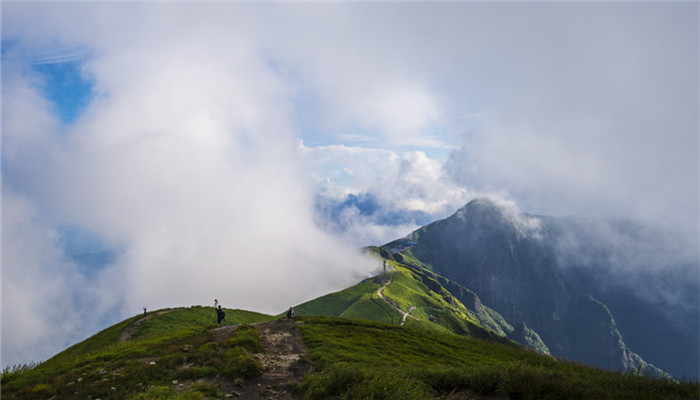
So renowned for their beauty, Wugong Mountain together with Lushan Mountain and Hengshan Mountain are known simply as “the three famous mountains in Jiangnan.” It covers an area of over 120 square kilometers and contains the highest peak in Jiangxi Province: Baihe Peak with a peak altitude of 1,918 meters.
Trekking up along the endless alpine meadow and standing at its the top, you will see the beautiful natural landscape akin to what is frequently seen on a computer’s desktop background.
The meadow covers an area of more than 100,000 mu (6,667 hectares) at an elevation of more than 1,600 meters. It is green in spring and summer, gold in autumn, and white in winter. This special location provides a sight of the northern prairies in southern China.
After a night’s sleep, you can climb out to watch the sunrise. When the golden sunlight traverses through the clouds and spills upon your shoulder, you will understand why it’s called “meadow in the clouds, heaven on the earth.”
Lushan Mountain
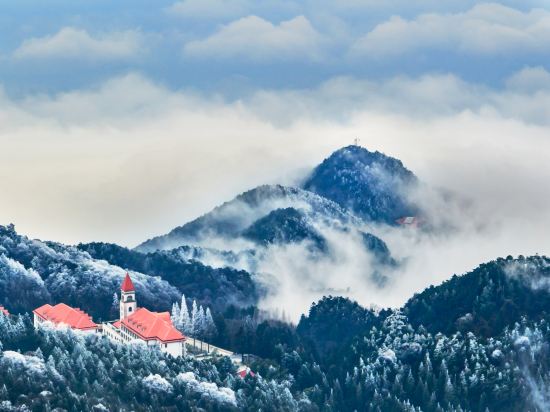
Most Chinese people can recite poems about Lushan Mountain that they learned in childhood. The waterfalls, the floating clouds, the lush forests ... the fairyland-like beauty is something we have to witness with our own eyes.
Lushan Mountain is located in the northern part of Jiangxi Province, and is one of the most well-known mountains in China. The oval-shaped mountains are about 25 kilometers long, 10 kilometers wide and not far from Nanchang City toward the south.
Apart from the spectacular landscape, there are 600-year-old villas including Meilu Outhouse of Chiang Kai-shek and Song May-ling.
Popular attractions include the Immortal Caverns, Five Old Man Peaks, White Deer Cavern Academy and many more.
Longhu Mountain
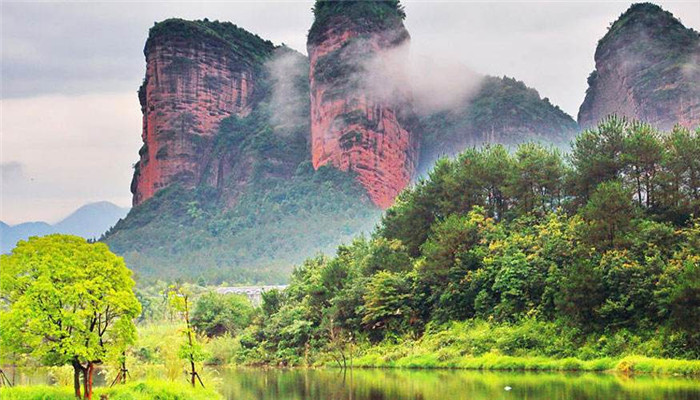
Longhu Mountain is located 20 kilometers from Yingtan City. It is one of the World Natural Heritage sites in China.
The whole scenic area covers an area of 220 square kilometers. Longhu Mountain is a typical Danxia landform. It is also the birthplace of Taoism in China. One of the earliest Taoist temples in Longhu Mountain is Zhenxian Temple, built in the Tang Dynasty (618-907).
What makes it most mysterious is the 202 wooden coffins placed in the grottos on the cliff. It was the ancient Yue people who made some of the earliest hanging coffins, dating back around 2,500 years ago in the time of the Warring States (475-221 B.C.) period.
Most of these burials are found hanging between 20 and 50 meters above the Luxi River, with some of them being as high up as 300 meters. Nobody even knew these burials were there until 1978, as the cliff face was too smooth to scale and they could not be seen from the ground.
Many interesting artifacts were also found in and around the burials, such as pottery, musical instruments and ornaments carved from jade.
Sanqing Mountain
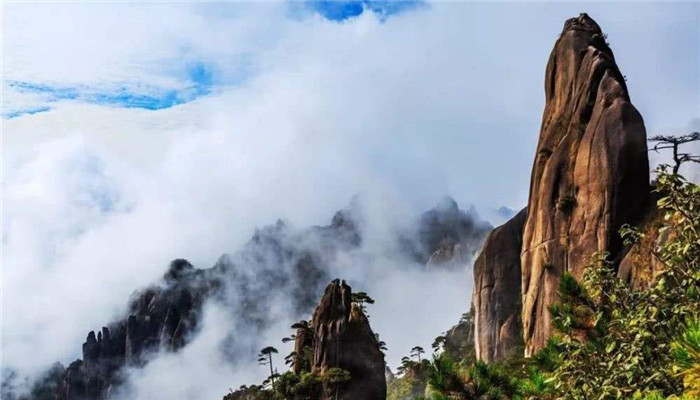
Sanqing Mountain, nicknamed “Little Huangshan Mountain,” was selected as a “top five most beautiful mountain in China” by Chinese National Geography.
Sanqing means the “three pure ones” in Chinese as Sanqing Mountain is made up of three main summits: Yujing, Yushui, and Yuhua, representing the Taoist trinity.
The mountain has been classified as a national park of China. With beautiful clouds, mist and strange-shaped pine trees, Sanqing Mountain is a fairyland far from the hustle and bustle of city life. The mountain is shrouded in mist for about 200 days each year.
On misty days, dense fog envelops the mountain completely and makes you think you are wandering in the clouds.
Jingdezhen
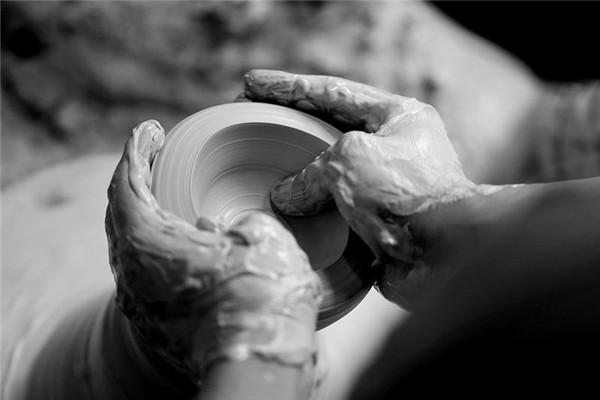
Jingdezhen, or Jingde Town, formerly known as “the porcelain capital of China,” is one of China’s most famous cultural and historic cities.
Here you can see the whole production process of porcelain and witness a piece being created. Here even the lamp posts on the roadsides are made of blue and white porcelain.
You can go into a local workshop and DIY an artifact with a craftsman. Later the owner of the workshop will fire it in the kiln and send it to you.